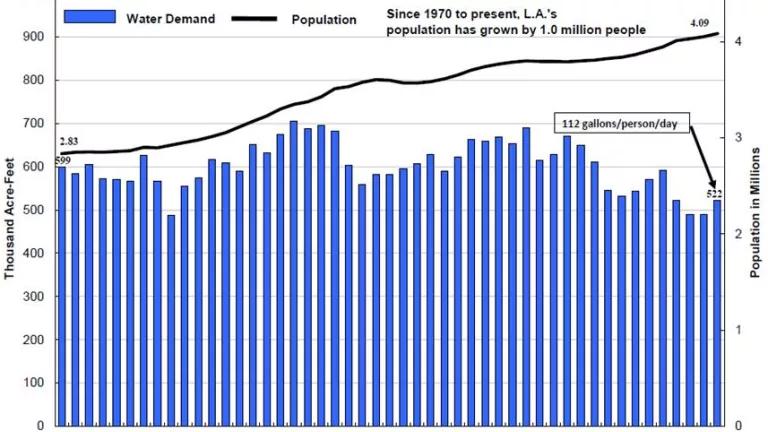A Lack of Balance: Runoff and Harmful Algal Blooms
There’s a lot local agencies and regulators can do to help prevent algae blooms that threaten public health.

Fertilizer runoff and erosion from farmland
Across the nation, harmful algae blooms (HABs) are wreaking havoc; causing illness and death at worst and economic impacts at best. These harmful blooms occur when a naturally-occurring bacteria, called cyanobacteria, dominates our waterways. Essentially, the bacteria is overfed by nutrients that have runoff nearby land or poured from sewer systems and into the water. But don’t be fooled; these nutrients, too, originate from a lack of balance—they come from our over-fertilized lawns and farmland, our aging grey infrastructure and from our bodies themselves. NRDC recently released two reports related to how states address the problem; the first report assesses how states are responding to HAB events, which are fueled by nutrient runoff, and the other report examines what states are doing to promote data transparency related to confined animal feeding operations, a major source of nutrient runoff.
In undeveloped landscapes, rain typically hits the ground and is absorbed where or near where it fell. In developed landscapes, rain hits hard (impervious) surfaces like rooves, sidewalks, and roads, picking up pollutants along the way, and delivering them straight to our waterways. Even your lawn itself contributes to runoff by acting like an impervious surface; the short roots of these non-native grasses and compacted soil below don’t allow for much infiltration. This type of runoff, from rainwater hitting hard surfaces, is called stormwater runoff. Dry weather runoff is any non-stormwater runoff; it occurs when we over-water our landscapes, wash our cars, or illegally toss waste down those grates labeled “no dumping—drains to river.” The pollutants carried by both types of runoff can be nasty, and include metals, bacteria including fecal coliform and E. coli, and oil.
There are two types of systems that help carry this polluted water from our properties: one is called a municipal separate storm sewer system, or MS4, and the other is called a combined sewer system. MS4s deliver runoff directly to waterbodies—and usually entirely untreated. Combined sewers, however, will carry runoff to waterbodies when rain causes them to overflow; typically these systems carry stormwater to a treatment plant. The rub is that when combined sewers do overflow, they don’t just overflow with runoff, but also sewage.

The image on the right depicts a combined sewer overflowing with a combination of runoff and sewage
Both systems are permitted under the Clean Water Act; stringent requirements can help lessen the runoff problem and as a result, help prevent harmful algal blooms. (Of course, these permits are only effective if they’re enforced, and here in LA, lack of enforcement is a big problem.) For more info on how the Clean Water Act does and does not address harmful algal blooms, take a look at my colleague’s blog.
While the problem of harmful algal blooms is large, the solutions can be small. Local agencies and individuals have a big role to play in addition to regulators. Municipalities can incentivize green infrastructure; nature-based projects that reduce runoff and absorb rain where it falls. These projects can be installed at residences, businesses, and on public property. In addition to addressing stormwater, nature-based projects provide multiple benefits to the community such as improving air quality, increasing biodiversity, and reducing urban heat island effect.
Some municipalities and counties recognize the big problem posed by runoff; big enough to warrant the creation of a stormwater tax or fee to pay for these projects. Here in LA, voters recently passed Measure W, which will bring in about $300 million dollars per year for stormwater projects. New Jersey, which has recently seen a rash of harmful algal blooms, recently passed legislation allowing municipalities to levy stormwater fees. Such fees are are an equitable way to fund solutions to the stormwater pollution problem. While stormwater fees, strong permits, and nature-based projects may not prevent all HABs, they are necessary steps in the right direction.




